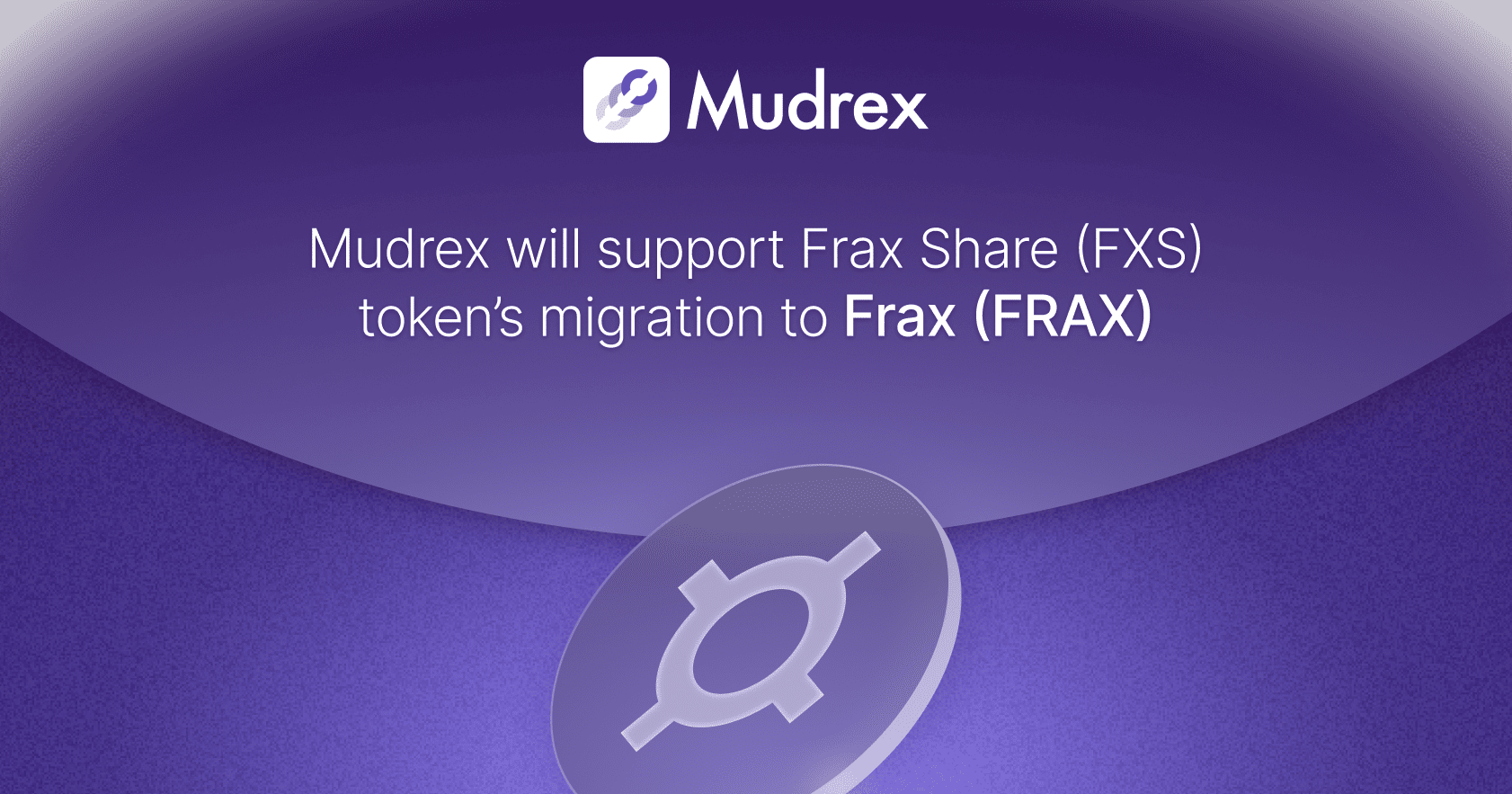You must be hearing all about FTX’s fall from grace. And if you are a crypto investor and enthusiast, this has probably sown some fear in your mind regarding the future of crypto. But we’re here to answer all the important questions surrounding the incident and to assure you that this isn’t a reflection of the crypto world as a whole.
- A $32 billion company, FTX went to ashes in a matter of days
- The FTT token lost 90% of its value. $640 million liquidated from the crypto market.
- Binance agreed to buy out FTT but pulled out of the deal
The FTX Story (It started with Alameda Research)
So before FTX, in 2017, Sam Bankman-Fried founded Alameda Research, a crypto trading firm. They made a ton of money doing it, and so Sam thought, ‘Why not let others do it too?’ So he launched FTX in 2019, a crypto exchange for people to buy and sell cryptocurrencies.
Three things to note here –
- Alameda Research – Trades crypto to make money.
- FTX – Connects buyers and sellers to make money from the transaction fees.
- FTT – Token launched by FTX to raise funds. Holders pay lower fees on the exchange
The deal right now is that FTX is facing a liquidity crunch. In simple terms, they are not able to pay back the users that had their money on the platform.
But how could they face a liquidity crunch if they were just connecting two people and making money off of transaction fees? Only if they were not being ‘just’ an exchange. Only if they were using users’ funds on their own will.
They could have been doing this all this while and never faced a problem until a massive sellout of the FTT token happened. Sam launched the FTT token along with the FTX exchange. Okay, but for what? Nobody knows, maybe for nothing, and to force-fit utility to it, they promised all FTT token holders preferential access to their trading platform.
Ok, but what does the sellout of FTT has to do with FTX’s inability to pay back users?
Enters Changpeng Zhao (As a Friend)
Changpeng Zhao (CZ) was the first investor in FTX and owned a sizable stake. CZ also owns Binance, the world’s largest cryptocurrency exchange. As FTX started to grow in popularity, it became a close competitor to Binance, and that’s when Sam decided to buy out Binance’s stake. But some of it was paid off in FTT tokens worth $2 billion. Sam did the deal to prevent its biggest competitor from owning a big portion of his company and gave away FTT tokens in exchange.
You know who else owns a ton of FTT tokens? Alameda Research! Now just stay with us.
All this while FTX was also putting efforts into adding utility and increasing the price of FTT tokens via burning. And as the price of FTT tokens rose, so did the assets of Alameda Research.
You remember how we said Alameda made money? Trading. And to trade, you need money. To borrow money, you need collateral (assets), and FTT became that asset for them.
If rumors are to be believed, Alameda was partly funded by FTX. So is this why they faced a liquidity crunch? Did they use their users’ money to lend to Alameda?
In the meantime, they were filling liquidity from their own pockets or via loans. In any case, when the users demanded all the money at once, FTX failed to deliver. Obviously. But why did people start to demand all their money at once?
Alameda and FTX
Alameda’s share of FTT tokens was a secret up until somebody leaked their balance sheet to CoinDesk a week back.
They reported — “As of June 30, the company’s assets amounted to $14.6 billion. Its single biggest asset: $3.66 billion of “unlocked FTT.” The third-largest entry on the assets side of the accounting ledger? A $2.16 billion pile of “FTT collateral.”
There are more FTX tokens among its $8 billion of liabilities: $292 million of “locked FTT.” (The liabilities are dominated by $7.4 billion of loans.)”
It simply meant Alameda owed a lot of money, and most of its assets were in FTT tokens. If you know the nature of cryptocurrencies, you know why that’s not a good idea.
And when this caught CZ’s eye, who had sold his FTX stake for FTT tokens, he said he was going to sell all of his FTT tokens. This scared the larger market that held FTT because if he dumped so many FTT tokens into the open market, its price would collapse. As a result –
- Retail investors would lose money.
- Alameda’s balance sheet would tumble, and some of the pain would transfer to FTX, too, if they had loaned them using users’ funds.
Just from the news of CZ wanting to sell FTT, $6 billion were withdrawn from the crypto market in 72 hours.
Enters Changpeng Zhao (As a Saviour?)
But just when we thought the Sam Bankman-Fried era was coming to an end, CZ offered a helping hand. He offered to bail out FTX pending due diligence. However, upon scrutiny of FTX’s financials, Binance pulled out of the deal.
Safety and Security of Investors’ Funds on Mudrex
What happened with FTX is rather an unfortunate event. A bunch of retail investors got caught up in the big money. It should not have happened, but it did. However, don’t let this incident paint a bad picture of the crypto world in your head – We do a lot of good here! In fact, crypto is on a mission to bring transparency to the world, which FTX failed to embrace.
We might see Sam Bankman-Fried getting chased by regulators as an aftermath. Uncertainties like this show the need for regulations for genuine exchanges to continue to serve their users.
As a retail investor, we would like you to take this opportunity to plan your crypto investments better, and we know it’s been said a hundred times already, but ‘don’t put all your eggs in one basket.’
Lastly, to all our investors, please be assured your funds are safe. Mudrex Wallet is powered by Binance.




